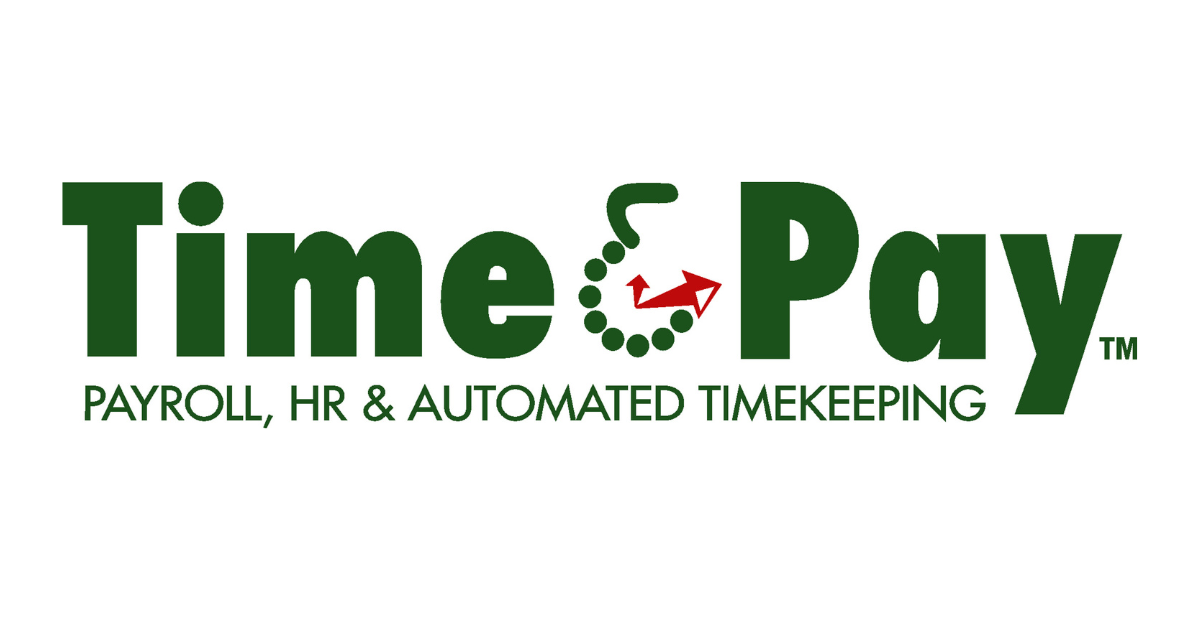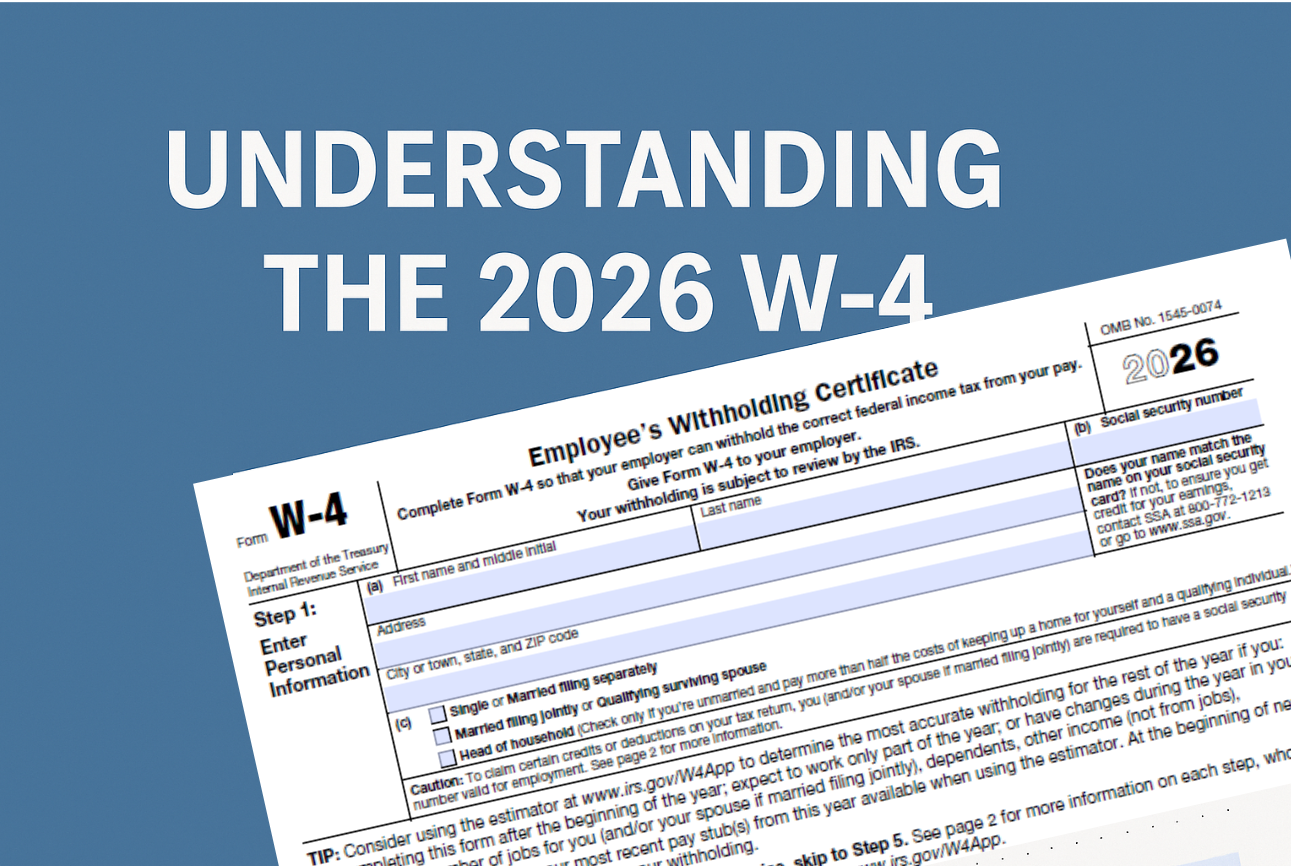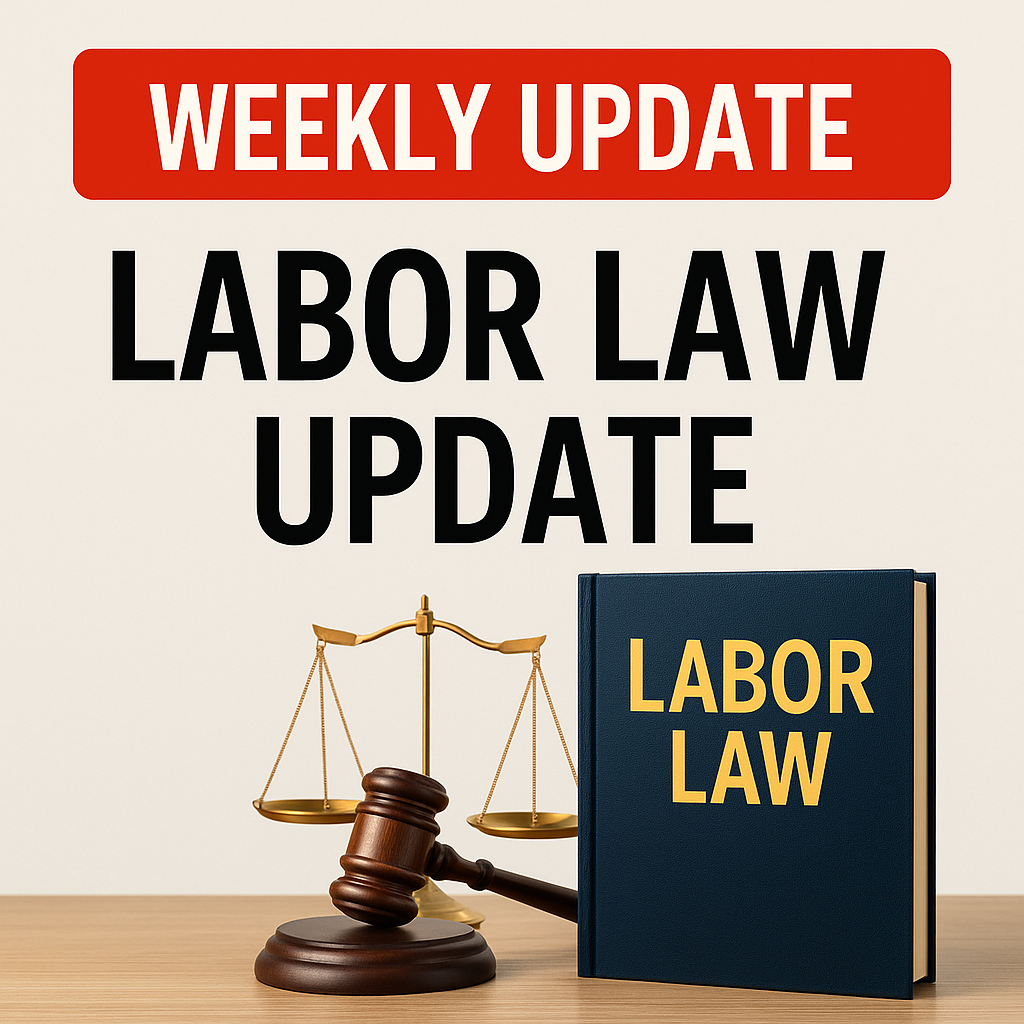ADP vs. Time & Pay: Which Payroll Provider Is Right for Your Business?
When it comes to payroll and HR solutions, businesses often find themselves comparing providers to determine the best fit for their needs. ADP is one of the largest and most well-known payroll providers, but many businesses are discovering that smaller, more personalized providers like Time & Pay can offer significant advantages. In this blog, we’ll compare and contrast ADP and Time & Pay to help you make an informed decision.
Overview of ADP and Time & Pay
ADP:
- Over 70 years of experience in payroll and HR solutions.
- A global company serving businesses of all sizes.
- Offers a wide range of services, including payroll, HR, compliance, and benefits administration.
Time & Pay:
- Over 30 years of experience providing payroll and HR solutions.
- Headquartered in Johnson City, TN, with a focus on businesses across the country.
- Specializes in personalized, local service tailored to small and medium-sized businesses.
Feature-by-Feature Comparison
Customer Service:
ADP - Call Center Support, often routed to multiple agents.
T&P - Dedicated representatives for personalized support.
Pricing:
ADP - Customers have complained about hidden or unexpected fees.
T&P - Transparent pricing with no hidden fees.
Technology:
ADP - Advanced platform with many features, but can be complex and unnecessary for small businesses.
T&P - User-friendly solutions designed for simplicity and efficiency
Customization:
ADP - Limited customization options for small businesses.
T&P - Tailored processes to fit clients schedule and skill set.
Focus on Local Needs:
ADP - Global scale but lacks a local focus other than sales.
T&P - Deep understanding of local markets and compliance requirements.
Pros and Cons
ADP:
- Pros:
- Industry-leading technology and resources.
- Scalable solutions for businesses of all sizes.
- Cons:
- Less personalized service; customers may feel like a number.
- Higher costs in most markets.
Time & Pay:
- Pros:
- Local expertise with a focus on personalized service.
- Competitive pricing, ideal for small to medium-sized businesses.
- Cons:
- Smaller scale, but this allows for more focused attention on clients.
When to Choose Time & Pay Over ADP
Time & Pay may be the better choice for your business if:
- You value personalized service: Unlike ADP’s call center model, Time & Pay assigns a dedicated representative who knows your business inside and out.
- You’re a small or medium-sized business: Time & Pay’s solutions are tailored to meet the unique needs of businesses like yours.
- You’re located in Tennessee or Virginia: Time & Pay’s deep understanding of local markets and compliance requirements ensures you’re covered.
- You want transparent pricing: With no hidden fees, Time & Pay’s pricing structure is straightforward and budget-friendly.
Client Success Stories
Many businesses have made the switch from ADP to Time & Pay and experienced remarkable benefits. Here’s what one client had to say:
"I was with ADP previously and have never regretted my decision of switching to
Time & Pay! They have been fantastic to work with and also quick to customize solutions for my business." - Dr. J. S., DMD, MPH, DHEd - Sturgill Orthodontics
Make the Switch to Time & Pay Today
If you’re looking for a payroll provider that combines cutting-edge technology with the personalized service your business deserves, Time & Pay is here to help. Contact us today to learn more about how we can simplify your payroll and HR processes while saving you time and money.
Ready to see the difference for yourself? Schedule a consultation today or call us at 423-854-9042. Let’s work together to streamline your payroll and HR needs!




